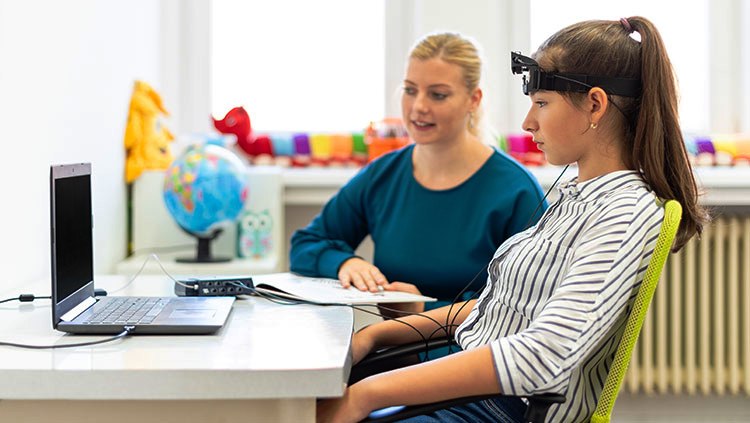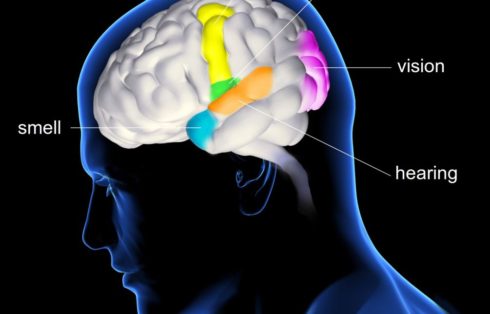Non Pharmacological treatment of ADHD
Cognitive behavioral therapy

ADHD may have a particularly serious impact on a certain part of your life, such as job performance. A therapist can help you work on areas that need special attention, giving you strategies that can help in specific situations at work and elsewhere.
One widely used approach is cognitive behavioral therapy (CBT). This type of psychotherapy helps people change negative thought patterns into positive, healthier ways of thinking. The idea is that if you change the way you think about a situation, your feelings and behaviors can change, too. For example, CBT may help change “all or nothing” thinking, in which in many people with ADHD tend to think that their accomplishments must be either perfect or a failure.
CBT is very focused on giving you tools to help deal with stresses and challenges in life. Working on self-esteem is often a very important aspect of ADHD treatment.
Emotional therapy

ADHD is not just about paying attention in conversations and in meetings. ADHD can lead to frequent emotional ups and downs, which can hamper relationships and everyday activities. Just waiting in line can make a person with ADHD quite irritable. So can minor setbacks, such as having a project not turn out quite right or having a boss who changes deadlines or who demands more work at the last minute. It may help to find a psychiatrist or another type of therapist and meet regularly to discuss your symptoms and any challenges or successes in your life.
It’s also common for adults with ADHD to have other mental health conditions. An estimated 50% of adults with ADHD, for example, also have an anxiety disorder, according to the Anxiety and Depression Association of America. Having ADHD along with another condition can severely interfere with daily functioning.
Neurofeedback

Neurofeedback is a form of treatment that teaches you how to regulate your brain waves in an effort to enhance brain function and mental well-being. Brain activity is monitored through a machine called an electroencephalograph. Brain signals pass from one or more leads placed on your head to a computer, which translates the brain signals into a video or audio display.
People with ADHD often have excessive slow-wave activity in frontal leads, indicating reduced frontal brain activity. Through neurofeedback, you can learn to do tasks that may enhance the function of the prefrontal cortex by suppressing slow-wave activity and increasing higher (that is, faster) frequencies.
The technique is noninvasive and painless. Studies of neurofeedback’s effectiveness have shown mixed results, however. Treatment typically requires 40 to 80 sessions, which can be time-consuming and expensive.




